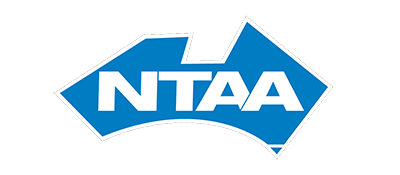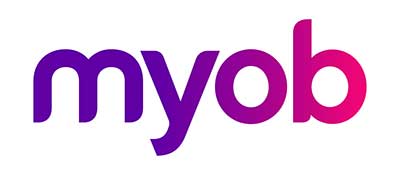Unless you’ve been living under a rock, by now you’ve probably realised that we’re living in the middle of a pandemic. Over the course of this year both state and federal governments have announced a number of measures designed to reduce the negative economic impact of this pandemic. Arguably, the biggest of these measures is the JobKeeper payment, which substantially subsidises businesses for continuing to employ their existing staff. During July and August the government announced an extension to this scheme and a number of changes. So, how does it all work?
The way it was
The JobKeeper payment was originally $1,500 per employee per fortnight during April 2020 to September 2020, paid to the employer monthly in arrears. In order to be eligible, employees needed to have been employed on 1 March 2020 and, where casual, had been engaged for at least 12 months. Employees could only access the JobKeeper payment for one of their employers. Where the employees didn’t actually earn $1,500 per fortnight, the employer was required to top up their pay for any shortfall. To be eligible to offer this payment to their employees, employers needed to satisfy a decline in turnover test for any month or quarter during April 2020 to September 2020. For most employers, the decline in turnover needed to be at least 30% compared to the same period in the previous year.
What are the changes?
From October 2020, the JobKeeper payment will change in multiple ways:
- Employer eligibility – for most employers to continue to be eligible for the JobKeeper payment for the period:
- October 2020 to December 2020 – the employer’s turnover for July 2020 to September 2020 needs to be at least 30% lower than the corresponding quarter in the 2019 year.
- January 2021 to March 2021 – the employer’s turnover for October 2020 to December 2020 needs to be at least 30% lower than the corresponding quarter in the 2019 year.
- Employee eligibility – previously employees needed to have been employed on 1 March 2020 to be eligible. From October 2020 onward, this employment date is now 1 July 2020, potentially allowing for newer employees to be eligible. It’s worth pointing out that the 12-month employment requirement for casual staff still applies.
- Amount – the JobKeeper payment reduces and will now be split into two tiers:
- October 2020 to December 2020
- Employees working at least 20 hours per week = $1,200 per fortnight
- Employees working less than 20 hours per week = $750 per fortnight
- January 2021 to March 2021
- Employees working at least 20 hours per week = $1,000 per fortnight
- Employees working less than 20 hours per week = $650 per fortnight
- October 2020 to December 2020
What needs to be done?
Employees don’t need to do anything. If they’re still eligible, their employers will handle the administrative requirements.
Employers need to reapply to the ATO for the JobKeeper payment at the start of both October 2020 and January 2021 if they’re still eligible for the payment. This can be done either through the employer’s myGovID account or through their tax agent. The employer will need to continue to make the relevant monthly JobKeeper declarations to the ATO. The employer will also need to ensure they have a signed JobKeeper employee nomination notice on file for any newly eligible employees.








